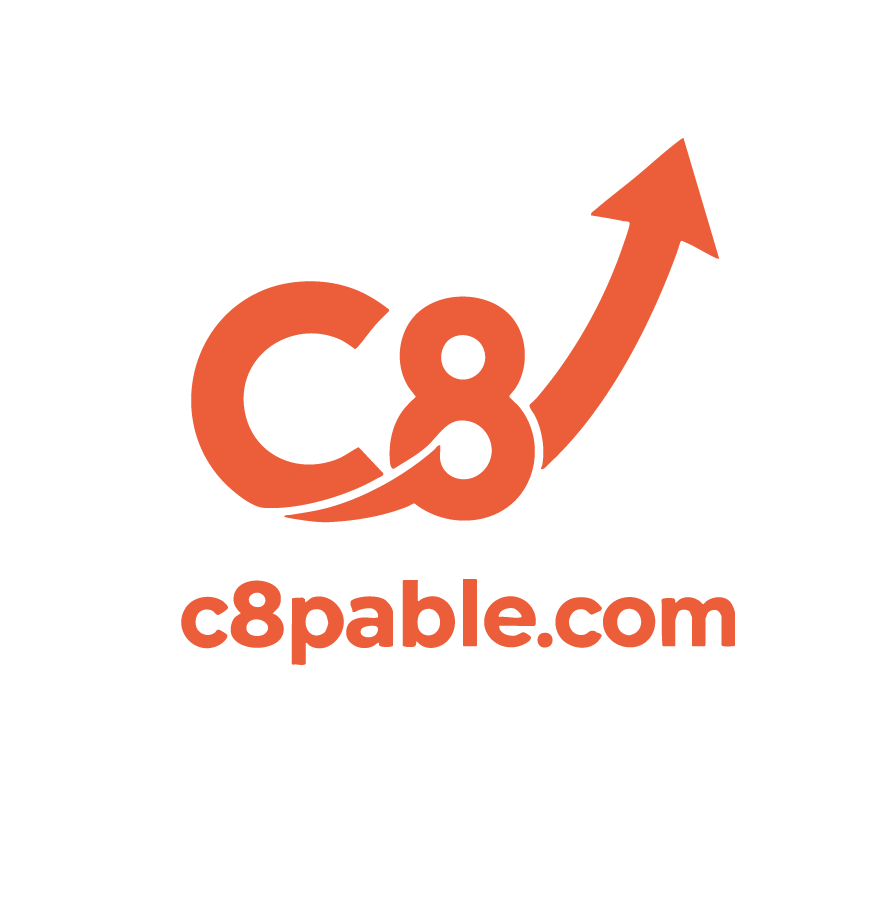CRM Basics: What It Is and How to Use It to Grow Your Business
Customer Relationship Management (CRM) isn’t just software—it’s a way to keep your business close to your customers. Good CRM helps you keep clients happy, grow sales, and reduce customer loss.
What Is CRM, Really?
At its core, CRM is a system that tracks every interaction with your customers, including:
Who they are
What they’ve bought
What you’ve communicated
What they might need next
Tools like Zoho, Salesforce, or HubSpot store this info in one place, helping your team build stronger customer relationships.
Why Does CRM Matter?
Using CRM well means:
Better customer service — no repeating questions
More sales — spotting buying signals early
Less guesswork — decisions based on real data, not gut feelings
Key CRM Terms You Should Know
Customer Journey: The path from first contact to loyal customer
Segmentation: Grouping customers by industry, behavior, or needs
Workflows: Automated steps your CRM handles (e.g., welcome emails)
Retention: Keeping customers happy and coming back
Churn: Customers who leave — you want to reduce this
How to Build a Basic CRM Strategy
Know Your Goal
What do you want to fix or improve? More sales? Better retention?Map the Customer Journey
Understand your customer’s steps and where they might get stuck.Create Simple Segments
Group customers by type so your messages fit their needs.Automate Routine Tasks
Use your CRM to send reminders, follow-ups, or feedback requests automatically.
Tone and Language in CRM
Speak clearly and simply:
Use friendly, human language
Avoid jargon or complex words
Write as if explaining over coffee
Example:
Don’t say: “Engage you with our value proposition.”
Say: “Here’s how we can help.”
Final Thought
CRM isn’t magic — but when used well, it’s close. It helps you understand customers, meet their needs, and keep them loyal. Start simple. Stay consistent. Keep your customer front and center.
Example - Zoho CRM Setup for Real Business Needs.
Custom Zoho CRM setup to automate tasks and improve onboarding for Elite FX
Need help getting started with CRM?
We help teams build smart, human CRM setups that scale. Get in touch today.
Long Read: CRM Basics: How Customer Relationship Management Drives Business Growth
Customer Relationship Management (CRM) is more than just software—it’s a strategy that helps your business connect, understand, and serve customers better. A well-implemented CRM system lets you track interactions, anticipate needs, and make data-driven decisions that improve retention and sales.
For small and mid-sized businesses, a CRM system can be the difference between reactive customer service and proactive, growth-focused engagement.
Why CRM Matters for Every Business
CRM helps your team:
Deliver better customer service – Customers don’t like repeating themselves. A CRM keeps all interaction history in one place.
Increase sales – Spot trends and buying signals early, making follow-ups more targeted.
Make smarter decisions – Use real data instead of gut instinct to guide strategies.
Think of CRM as a central hub for all customer information—it ensures no opportunity slips through the cracks.
Core CRM Features and Terms
Understanding CRM terminology is key to leveraging it effectively:
Customer Journey: The path a customer takes from first contact to becoming loyal.
Segmentation: Grouping customers by behavior, preferences, or demographics for personalized communication.
Workflows: Automated processes your CRM handles, like welcome emails, reminders, or follow-ups.
Retention: The practice of keeping customers happy and coming back.
Churn: Customers who leave—reducing churn is a top goal of CRM.
By learning these terms, you’ll better understand how CRM systems streamline customer interactions.
Building a Basic CRM Strategy
A successful CRM strategy starts simple:
Define Your Goals
Identify what you want to improve: more sales, higher retention, or better customer satisfaction.
Map the Customer Journey
Understand each stage your customer goes through, and identify friction points.
Segment Your Customers
Group customers by type or behavior to deliver more relevant messaging.
Automate Repetitive Tasks
Use your CRM to handle reminders, follow-ups, and feedback requests automatically.
Measure and Adjust
Track engagement and outcomes to refine workflows and messaging over time.
Even small CRM implementations can create significant improvements in efficiency and customer experience.
Choosing the Right CRM Tool
Popular CRM platforms include:
HubSpot: User-friendly, excellent for marketing automation and lead tracking.
Salesforce: Highly customizable, best for complex sales processes.
Zoho: Affordable and flexible for small to mid-sized businesses.
Pipedrive: Sales-focused, intuitive interface for tracking deals.
When choosing a CRM, focus on ease of use, scalability, and integration with your existing tools.
Best Practices for CRM Communication
How you communicate through CRM is as important as the system itself:
Keep language clear and human
Avoid technical jargon; speak as if explaining over coffee.
Be consistent
Messages should align with your brand voice across channels.
Use automation wisely
Automated emails should feel personalized, not robotic.
Example:
Don’t say: “Engage you with our value proposition.”
Say: “Here’s how we can help.”
Clear communication builds trust and strengthens relationships.
The ROI of Using CRM Well
A properly implemented CRM can deliver tangible results:
Higher sales conversion rates – By tracking interactions and targeting the right customers.
Reduced churn – Proactive engagement keeps customers loyal.
More efficient workflows – Automation reduces repetitive tasks.
Better insights – Reports and dashboards help you spot trends and opportunities.
CRM isn’t a one-time setup—it’s a tool that grows with your business and continually drives improvement.
Final Thoughts: Start Simple, Grow Strategically
CRM isn’t magic—but it can feel like it when used well. Start with small, achievable goals, focus on understanding your customers, and automate repetitive tasks. Over time, your CRM becomes a central hub for insights, efficiency, and customer loyalty.
The key is consistency: keep your data updated, refine your workflows, and always put the customer first.
With a clear strategy, the right tools, and thoughtful implementation, CRM can transform your business, strengthen relationships, and fuel sustainable growth.






